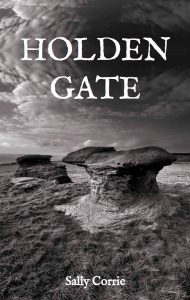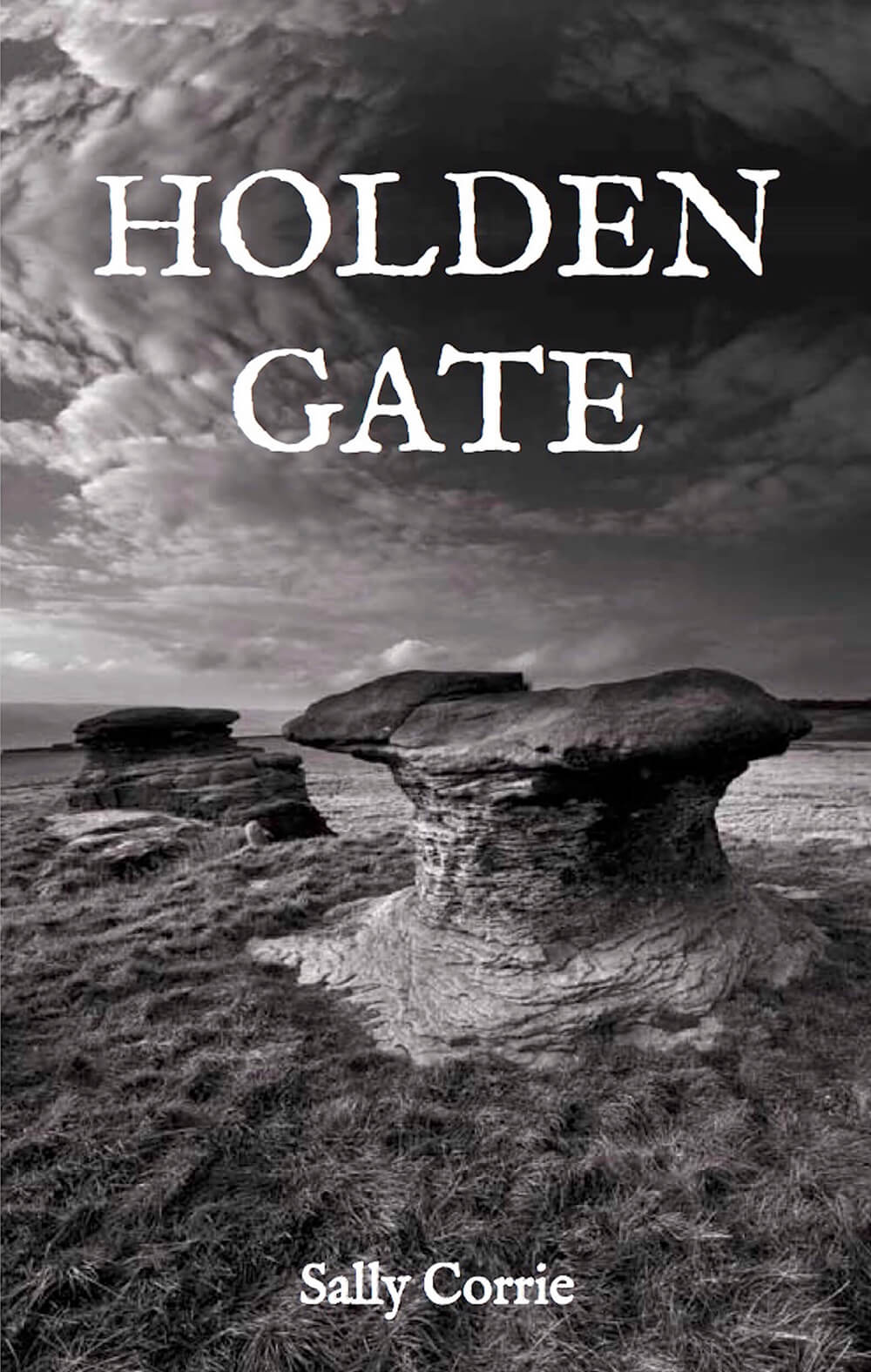Holden Gate
Synopsis
It is the closing years of the 17th century in the Aire valley, Yorkshire. The Reverend Miles Gale has been vicar of the parish of Keighley for twenty years. This was never his intention. He had imagined himself incumbent of a York parish, where he would be surrounded by fellow intellectuals, the York Virtuosi. Here amongst like minded men of his generation, he could indulge his outside interests in the spheres of natural philosophy, history and topography. Fate had dealt him a cruel hand when his Archbishop decreed that Miles would be better employed to serve amongst the uneducated and seemingly indifferent people of the parish of Keighley.
John Asquith, the youngest of three sons is obliged to journey into the Aire valley to seek work. His father’s farmstead is too small to support all three sons and their families. He has little idea what the future might hold but is prepared to work hard to earn his living. His friend, Nathan Gill had left for the Aire valley a year earlier, and found work with Robert Parker of Marley Hall. He had also found himself a wife. With Nathan’s encouragement, John decides to follow suit.
Holden Gate, a farmstead lying at the edge of the moor high above the town of Keighley, is the home of the widow Mary Fowler and her four young daughters. With the death of her husband Thomas their future seemed precarious until the arrival of Robert Gawthorp. Though ten years Mary’s junior, his sudden appearance seemed like a godsend. When he asked for her hand in marriage, it was as though her prayers had been answered and the future for her children secured. What she would soon discover was that Gawthorp was a man of secret torment, and, as his nature is revealed, life for Mary and her children becomes intolerable.
As Mary struggles to understand Gawthorp’s behaviour, and God, in whom she places all her trust, does not provide an answer, she sends secret word to the Reverend Gale via her daughter Eliza. In doing so she sets in train a sequence of events that will draw all of the characters together, and leave their lives changed forever.
Miles Gale 1647- 1721
Miles Gale was born on the 19th June 1647 at Farnley Hall, near Leeds. His father John Gale (1601-1669) was a descendant of the Gale family of Scruton and Masham. He served in the army in Holland under Count Mansfield fighting the Scots, but refused a commission from Cromwell, preferring to retire to the family seat at Farnley. His wife Joanna was the daughter of Miles Dodson of Low Hall, Kirkby Overblow. Miles was the eldest of their three sons.
Miles, matriculated at Trinity College Cambridge in 1663 and graduated BA in 1667 and MA in 1670 and then took holy orders. On the 20th September 1668 at the cathedral church Peterborough Miles was ordained deacon.
In 1679 he married Margery (Margaret) Stones, daughter of Dr Christopher Stones, chancellor of York. The following year he was appointed Rector of the parish of Keighley. Margery bore Miles five sons and a daughter.
It is likely that prior to his appointment Miles spent time within the city of York where he came to know a group of intellectuals known as the York virtuosi. They included Martin Lister (physician and latterly president of the Royal Society), Ralph Thoresby (Antiquarian) Henry Gyles (glass painter), Francis Place (topographical artist) and William Lodge (engraver and printmaker). Miles seems to have had interests in the burgeoning fields of natural science, history and topography.
Miles was to spend the rest of his life as Rector of Keighley parish, during which time he did much to try to improve the lot of his parishioners. One of his greatest acheivements was being instrumental in the foundation of a school within the town (he was a trustee as its foundations were laid in 1716 but quickly fell out with the other trustees who he described as “ six illiterate and ill bred country fellows”). He produced a book detailing his struggles to establish the school, , History of the Free School in Keighley (1713), a book so “interlarded with strong invective and personal abuse, more calculated to injure than promote good morals” that it was deemed unsuitable for publication. Before this time he travelled about the parish with a desk and books encouraging literacy amongst his flock.
 He promoted new techniques of midwifery, and improved water courses within the town. He also replaced the windows of the church and the ancient wooden pews. He produced two other books which he donated to Ralph Thoresby’s museum, An Account of Keighley and Memoirs of the Family of Gale. Sadly when Thoresby’s museum was broken up the volumes were lost, though versions of the Account of Keighley were posthumously produced.
He promoted new techniques of midwifery, and improved water courses within the town. He also replaced the windows of the church and the ancient wooden pews. He produced two other books which he donated to Ralph Thoresby’s museum, An Account of Keighley and Memoirs of the Family of Gale. Sadly when Thoresby’s museum was broken up the volumes were lost, though versions of the Account of Keighley were posthumously produced.
Gale died on the night of 2nd Jan 1721. According to his epitaph which he had drafted he was ‘enemy to no-one’. His memorial stood in Keighley church until 1805 when, after renovations, it disappeared. His wife Margery died in 1724 and was commemorated on the same tomb
His son Christopher emigrated to the New World and served as chief justice for the state of North Carolina for twenty years. His brother’s Miles and Edmund also journeyed out to the colonies and settled within North Carolina. Thomas, like his father Miles went into the church and became rector of the parish of Linton in Craven. John, became apprenticed to an upholsterer and found work in London. Of his daughter Mary, not trace can be found.
Reproduced by permission of Bradford Libraries, Archives and Information Service.



